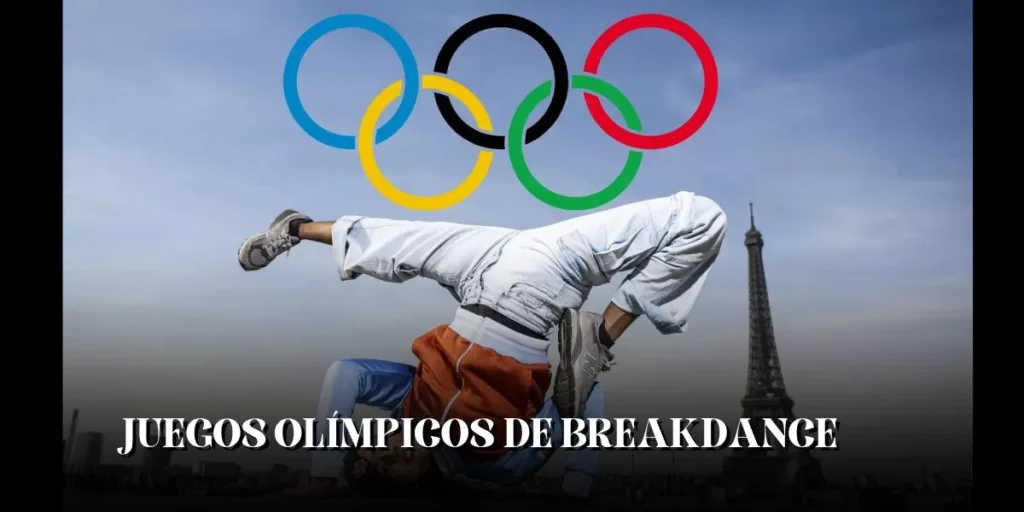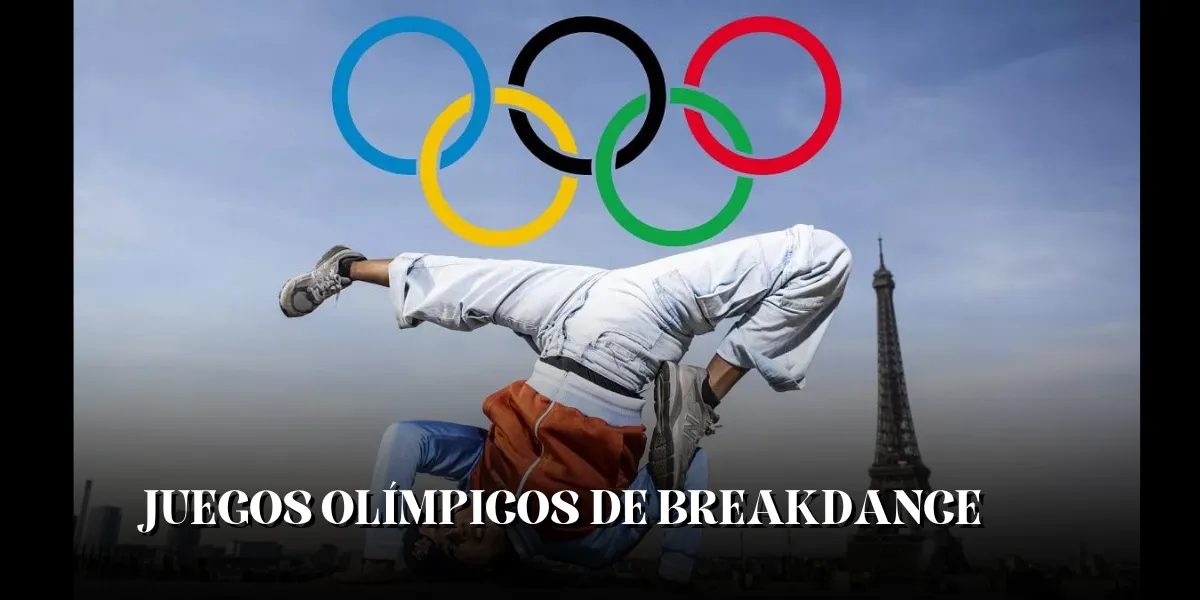
Breakdance’s Historic Journey from Streets to the Olympic Stage
juegos olímpicos de breakdance Breakdancing, often referred to as “breaking,” is a vibrant dance form that has evolved from its origins in urban street culture to a globally recognized sport. Born in the Bronx in the 1970s, breakdancing quickly became a symbol of creativity, resilience, and community among young people. Over the decades, it has transformed into a powerful expression of cultural identity and athletic prowess, culminating in its debut at the Olympic Games Paris 2024.
This milestone is not just about the inclusion of a new sport; it is a celebration of how far breaking has come from its humble beginnings. What was once seen as a subversive street dance has now taken center stage, solidifying its place in the annals of sporting history. The Olympic debut of breakdancing marks a significant shift in the perception of dance, recognizing it not only as an art form but also as a sport that requires discipline, endurance, and exceptional talent.
The Olympic Breakdance Format: An Overview
Structured Yet Expressive: How Breaking Fits into the Olympic Mold
The introduction of breakdancing into the Olympics brings a unique format that blends the sport’s traditional elements with the competitive nature of the Games. The competition is divided into two main categories: B-Boys and B-Girls, with male and female dancers competing separately.
Each battle pits two dancers against each other in a one-on-one face-off. These battles are more than just physical confrontations; they are displays of creativity, rhythm, and personal style. Dancers are judged on a variety of criteria, including technique, creativity, musicality, and showmanship. Unlike other sports, where the outcome is determined purely by objective measures like speed or strength, breakdancing battles are judged based on a holistic assessment of the dancer’s performance.
This format allows dancers to showcase their individual flair while adhering to the competitive standards of the Olympics. The battles are fast-paced and intense, with each dancer striving to outdo the other through a series of complex moves, freezes, and power spins. The inclusion of breakdancing in the Olympics not only challenges dancers to push their limits but also invites audiences to appreciate the skill and artistry involved in each performance.
A Global Platform: Showcasing the World’s Best Breakers
Diversity and Inclusivity at the Heart of Olympic Breakdancing
The Olympic stage provides a unique platform for breakdancers from all over the world to display their talents. The diversity of competitors reflects the global appeal of breakdancing, which transcends cultural and geographical boundaries. Dancers from various backgrounds, ethnicities, and nations have come together to compete, each bringing their own unique style and interpretation of the dance form.
This global representation is a testament to the universal language of breakdancing. Despite its roots in the Bronx, breakdancing has been adopted and adapted by communities worldwide, from the streets of Tokyo to the plazas of São Paulo. The Olympic competition not only highlights the talent of these dancers but also celebrates the rich cultural diversity that they bring to the sport.
In this sense, the inclusion of breakdancing in the Olympics is more than just a recognition of its athletic aspects; it is an acknowledgment of the cultural significance that the dance form holds for millions of people around the world.
Impact on Youth Culture: A New Generation of Breakers
Inspiration and Opportunity: The Olympic Effect on Young Dancers
The inclusion of breakdancing in the Olympics is expected to have a profound impact on youth culture globally. For many young dancers, seeing breakdancing on such a prestigious stage will be a source of inspiration and motivation. The recognition of breaking as an Olympic sport legitimizes the efforts of countless young dancers who have dedicated themselves to mastering the art.
Moreover, the Olympic spotlight on breakdancing is likely to lead to increased opportunities for young dancers. Schools, community centers, and sports organizations may be more inclined to support and promote breakdancing programs, providing resources and training for aspiring breakers. This could lead to a surge in the number of young people taking up the dance, contributing to the growth and development of the sport.
The visibility of breakdancing at the Olympics also sends a powerful message about the value of artistic expression in sports. It challenges traditional notions of what constitutes a sport and opens the door for other forms of artistic athleticism to be recognized on a global stage.
Challenges and Opportunities: Navigating the Olympic Terrain
Balancing Tradition with Olympic Standards
While the inclusion of breakdancing in the Olympics is a monumental achievement, it also presents a unique set of challenges. One of the primary concerns within the breaking community is how to maintain the authenticity and spirit of the dance while adapting to the structured environment of the Olympics.
Breakdancing is deeply rooted in improvisation, creativity, and individuality—elements that could be compromised by the need for standardized judging criteria and competition formats. The challenge lies in finding a balance between preserving the essence of breaking and meeting the requirements of a competitive sport.
On the other hand, the Olympic platform offers unprecedented opportunities for breakdancers. The increased visibility can lead to greater recognition, sponsorship deals, and professional opportunities for top dancers. It also provides a chance for the breakdance community to grow and evolve, reaching new audiences and inspiring future generations.
The Future of Breakdancing: Beyond the Olympics
A New Chapter for Breakdancing as a Sport and Art Form
The Olympic debut of breakdancing is just the beginning of a new era for the sport. As it gains momentum on the global stage, breakdancing is likely to continue evolving, both as a competitive discipline and as a cultural phenomenon.
The exposure from the Olympics could lead to the development of new competitions, training programs, and events that further professionalize the sport. Additionally, the recognition of breaking as an Olympic sport may inspire other non-traditional sports and art forms to seek inclusion in future Games.
In the long term, the future of breakdancing will be shaped by the ongoing dialogue between tradition and innovation. As dancers continue to push the boundaries of what is possible, breakdancing will likely evolve in ways that we cannot yet imagine, blending athleticism with artistry in ever more exciting and dynamic forms.
Conclusion
The inclusion of breakdancing in the Olympics marks a historic moment for the sport and its community. It celebrates the creativity, athleticism, and cultural significance of breaking, while also presenting new challenges and opportunities. As the world watches these talented dancers compete, we can look forward to a future where breakdancing continues to grow and inspire, both as a competitive sport and as a powerful form of artistic expression.

